1
Welcome to the first lesson of medical terminology! We'll begin the course by exploring root terms, which represent the main meaning of a combined medical term. A combined medical term consists of a root, a prefix, and/or a suffix. As we progress through each lesson of this course, you'll see that we proceed by "body system," and in this first lesson, we'll go over root terms that are associated with the musculoskeletal system, so we'll be talking a lot about the muscles, bones, joints, and tendons of the body in this lesson.
2
In today's lesson, you'll learn a variety of terminology relating to the integumentary and digestive systems. The integumentary system includes the skin, connective tissues, and some loosely associated structures such as nails and teeth. When we discuss the digestive system, you'll learn medical terminology relating to the digestive tract from the mouth, to the pharynx, to the esophagus, and so on, all the way out to the exterior of the body.
3
In this lesson, we'll go over terminology related to the cardiovascular and respiratory systems. The cardiovascular system includes the heart, arteries, veins, and blood, while the respiratory system includes the lungs and assorted chest structures.
4
Today's topic areas are the urinary and reproductive systems. When we go over the urinary system, you'll learn terminology related to the kidneys, bladder, urine, and even some chemistry terms. When we go over the reproductive system, you'll learn root terms that refer to both male and female anatomical structures.
5
In this lesson, we'll finish up our discussion about root terms. You'll learn root terms that are associated with the neurosensory system, including nerves, the eyes, ears, brain, and spinal cord. Then we'll begin doing something a little different-at the end of the lesson, we'll do a little review session to help you remember all of the root terms that you've learned up to this point.
6
In today's lesson, you'll learn about prefixes and suffixes that are common in medicine and start with the letters A through H. Starting today, we won't be going through the word associations that we did in previous lessons. By now, you'll find that you can recognize many of these terms as they're used in our normal, everyday language.
7
In this lesson, we'll continue to progress through the prefixes and suffixes commonly used in medical terminology. Our objective for today is to identify the common medical prefixes and suffixes that begin with the letters I through O.
8
Today, we'll complete our tour through the alphabetical listings of the most common prefixes and suffixes used in medical terminology by focusing on prefixes and suffixes that begin with the letters P through Z. You'll find that there are many more terms that medical professionals use less often, and you'll even discover that sometimes a root that you already know is used as a prefix or suffix.
9
In previous lessons, you learned about common prefixes and suffixes. In today's lesson, we'll study specific prefixes and suffixes that pertain to color. Color is used quite a bit in the medical field because it helps everyone to describe various signs and symptoms. In this lesson, we'll also go over medical abbreviations that are specific to the various occupations and titles of the medical industry. Your assignment in this lesson will change a little as your research becomes a bit more challenging.
10
The medical community uses an abundance of abbreviations. Some medical facilities don't allow them, but you should still learn the meanings of the most common abbreviations so you'll know them when you see them. For this lesson, we'll study the abbreviations that start with the letters A through R. Your assignment for this lesson will be a bit different-you're going to find words in a medical note that you can replace with the abbreviations that you learned in the lesson.
11
In this lesson, we'll finish our study of medical abbreviations as we explore the abbreviations that begin with letters S through Z. We'll also go over specific abbreviations that refer to hospital areas, laboratory tests, chemistries, and medical symbols. In today's assignment, it's up to you to find the abbreviations that correctly relate to each sentence in a medical note.
12
Here in our final lesson, it's time to put everything you've learned together. We'll look at our roots, prefixes, and suffixes, and see how they create combined medical terms from body system to body system. You'll also learn some directional terms that are commonly used in me








 Canvas Continuing Education
Canvas Continuing Education Join Our Email List
Join Our Email List 

